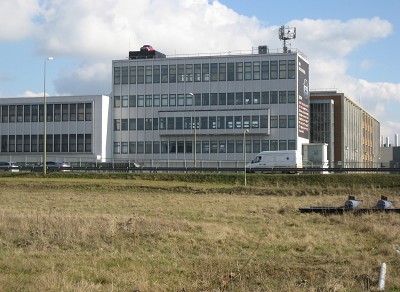Regeneration
Working with local people and organisations towards a more sustainable future
Regeneration is a change process, and not everybody is happy with change.
There is plenty for a regeneration worker to do, from identifying local needs, to engaging local people and organisations in finding the solutions. Bringing in outside financing and creating effective partnerships are only two of the common steps towards a successful result.

There is also the question of the changing environment – global warming, green energy, food costs – perhaps never before have people had to deal with local change when the very rules of (peacetime) living on the Earth are under review. This double whammy requires a combination of sharp focus and open-mindedness from those involved in regeneration.
There are more than the traditional planner-led, developer-led or community-led approaches to choose from. The transition culture, a community-based approach drawing on the issues of peak oil and climate change, and focusing on resilience in the face of change, reminds us to keep an open mind about the best way forward. For instance, it is time to assess the differences between global economy-based regeneration and local economy-based regeneration.
For myself, I make no apology for starting from a people perspective. As both actors and beneficiaries in regeneration, people are key to improving their world.
There has recently been what I call a “percentage rugby” approach in regeneration, focusing on the 70% around finance, skills qualifications and new buildings, which is easily measurable – and features strongly in Government targets – but I’m not just championing the 30% around local identity and contentment, let’s go for the whole lot. If we don’t, I strongly suggest we’re admitting a degree of failure before we start.
I have a huge debt to all the communities it has been my privilege to work alongside, which the next few pages can only hint at.